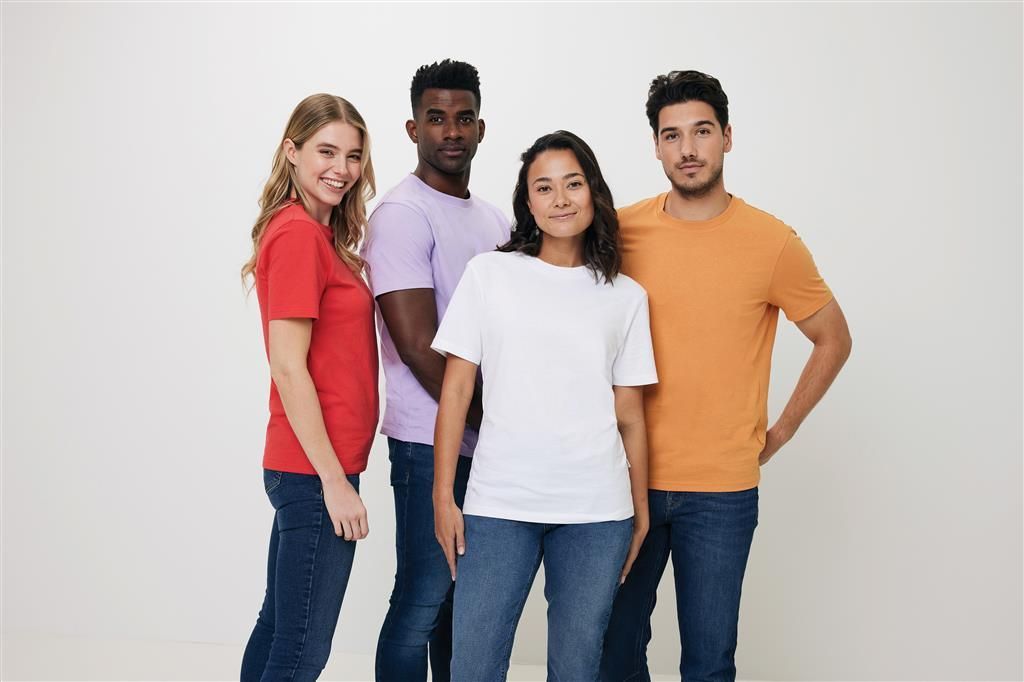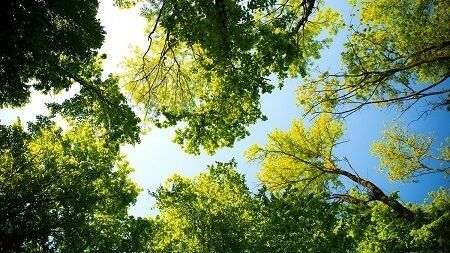The Cotton T shirt with the highest eco credentials
20 March 2023
Eco friendly merchandise with full detail of life cycle and carbon footprint

When choosing an eco-friendly merchandise product it is sometime easy to be drawn in by the headline. Providing the client with the right sizes, branding and cost is hard enough without having to examine in details the eco credentials of the product. That is where Pavilion can help. We do take the time to understand the full life cycle issues.
For example the humble T shirt. The Iqoniq Bryce recycled cotton T shirt is 100% cotton unisex t-shirt, of which 50% recycled and 50% organic,- with the total material weight being 180 G/M². So quite a heavy material to hold its shape and come in with a regular, comfortable fit. You can wear it all year round. The t-shirt has a crew neck, short sleeves and 1x1 flat rib at neck collar. The small Iqoniq label in side seam is a nice finishing detail. No mix with plastics (such as polyester), so after life can be recycled into new cotton products. The use of genuine recycled & organic fabric materials and environmental impact claims are guaranteed, by using the AWARE™ disruptive physical tracer and blockchain technology. Every Iqoniq product has a unique QR label. By scanning this QR, you will gain access to a dedicated digital passport of the product. 2% of proceeds of each sold product will be donated to Water.org.
The T can be branded either by screen, digital or embroidery and with a range of colour there should be enough branding options to suit the neediest brand manager. Size range from XXS to XXL and comes as a unisex fitting. If the brand has an ESG target to hit then this product is ideal – stylish and eco – what more could you want?
Are the eco credentials proven or merely greenwash?
We are solely responsible for the transparency of our approach to calculate carbon footprint of the products that we manufacture and sell, therefore, we would like to share how we calculate CO2eq emissions: The table, below, shows product life cycle assessment, with the Total Kg CO2-eq per product, and GHG-emissions generated from each phase of product life-cycle (in grams). Similarly, the percentages represent the breakdown of CO2-eq impact, throughout all stages of product life-cycle, which contributes altogether to the Total- CO2 footprint of the product.
As can be seen as well as organic and recycled materials which can be recycled on end of life, all secondary processes are either carbon neutral or carbon offset.






